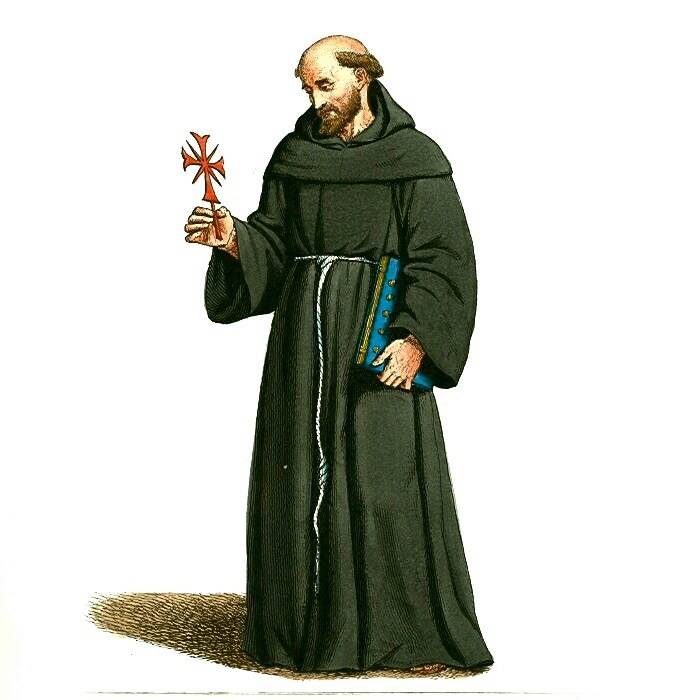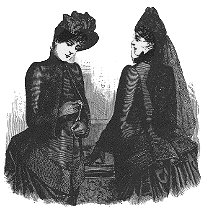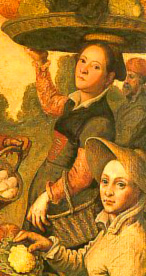The colour black was of great importance during the Elizabethan times. It demonstrated power and authority.
Colours in the Elizabethan era had great implications and significance during those times. They were directly related to a person’s status, profession, and position in society. Colours were governed by the English Laws of the country. These laws were called Sumptuary laws.
The laws were practised imposing a certain degree of morality and discipline among the people. People had to behave according to their posts. The main idea was to implicate certain moral behaviours and to restrict unnecessary expenses.

Meaning of the colour Black
Contents
What does the black colour mean in clothing?
Dense and timeless, the colour black were the colour of control, sophistication and power. It was worn mainly by the upper class of the society, but some variations of black were also popular among the commoners. Black being a bold colour depicted dominance, elegance and high status.
Colour of the upper class
During those times, men and women belonging to high positions used to wear the colour black. The dye used for obtaining the colour black was expensive. The dying process was also very difficult and time-consuming. A very high-quality dye was used to obtain a dense black colour. Cheaper dyes faded away easily. So black clothes were expensive and became the colour of the rich.
The use of the colour black in Christianity
The colour black is often symbolically related to morality, ethics and social restrictions. During the early medieval times black was associated with dignity and high moral value. Priests who have sacrificed all worldly pleasures wore black as a sign of humility and penance. Their clothes were dyed with cheap dye extracts and gave a faded black look.

Black was also used for Good Friday and Holy Saturday in the churches before the Easter Vigil. Sometimes it is also used to drape sanctuary cross and symbols before the Good Friday.
Black as a symbol of death and mourning
Black is associated with death, grief and mourning. Black symbolized eternal sleep or the ultimate void. Therefore, people used to wear black coloured clothes in funerals to honour the memories and loss of their loved ones.

Phillip II of Spain
Phillip II of Spain, who advocated the “Black Legend” practice during his reign was famous for wearing his strikingly black suit all the time except for a few ceremonial purposes. He was subject to deep tragedy, grief and betrayal throughout his life. But still, he never lost his faith in God and his country. He wore black as a symbol of grief, righteousness and his love for God.

Black as the colour for the commoners
Black though the colour of the well-heeled was also prevalent among the poor. The colour black was extremely difficult to extract. The deep colour of black was difficult to maintain as well. The cheaper dye produced a faded black colour and variations of brown and dark grey. They were worn by the people of the lower class.

Dyes used for colour black
The dyes used to produce the colour black were black walnut, oak galls and iron oxide rust. They produced black, brown and grey colours.
